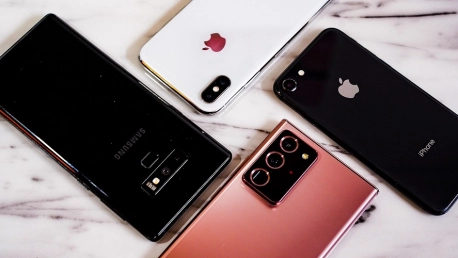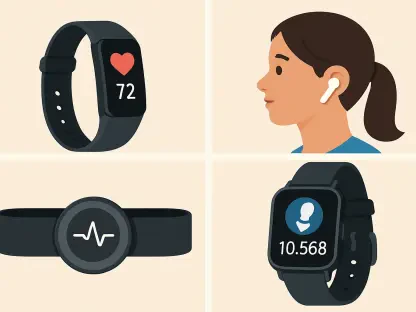Smartphone manufacturers shipped more units last year than in 2020. Still, supply chain problems and the chip crisis meant fewer devices were sold in the final quarter of 2021 than in the same period the previous year. However, the future lies under optimistic expectations, as smartphone production is expected to return to the pre-pandemic level for 2022.
In 2021, the global smartphone market grew for the first time since 2017
According to market researcher IDC, smartphone manufacturers shipped 1.35 billion units last year, up by 5.7% from 2020. IDC also notes that component supply problems will continue into the first half of 2022. Samsung has regained its crown as the world’s largest manufacturer with a 20% market share after shipping 272 million units. In second place is Apple, with 235.7 million iPhones shipped. Next in the ranking are Chinese manufacturers Xiaomi with 191 million units, Oppo with 133.5 million units, and Vivo with 128.3 million.
Xiaomi benefited from Huawei’s decline
According to IDC, Samsung saw sales growth of just 6%, while Xiaomi saw 29.3%, and “this contrast clearly illustrates which vendor benefitted the most from the massive decline of Huawei this year.” Oppo grew by 20.1% and Vivo by 14.8%. Apple’s total sales were down 2.9%, but IDC notes that Apple actually led in shipments in the final quarter of 2021, including the launch of the iPhone 13 and the winter holidays.
“The fact that 2021 would have come in drastically higher if it were not for the supply constraints adds even more positivity to the healthy 5.7% growth we saw for 2021,” said Nabila Popal, research director with IDC’s Mobility and Consumer Device Trackers. “To me, it gives a message that there is significant pent-up demand in almost all regions. Even in China, where there are some challenges around weakening consumer demand, the market performed much better in the fourth quarter than expected, 5% better to be exact, albeit still a year-over-year decline. With channel inventory low in almost all regions and as supply constraints ease up towards the middle of the year, IDC expects this pent-up demand to drive the market toward healthy growth in 2022.”
Research firm Counterpoint has slightly different data, but the rankings remain the same: Samsung (271 million), Apple (237.9 million), Xiaomi (190 million), Oppo (143.2 million), and Vivo (131.2 million). Chinese giant Huawei is no longer among the top manufacturers after US sanctions that blocked its access to advanced chips.
According to Counterpoint experts, “Motorola was the fastest-growing brand among the top 10 smartphone OEMs based on annual global shipments. It took advantage of LG’s exit in the US, where it gained share in the sub-$300 price band by offering a strong lineup of widely available devices.”
Smartphone Production Expected to Return to Pre-Pandemic Level for 2022
TrendForce expects the smartphone industry to rebound and post marginal growth in 2022, assuming that economic activities worldwide will mostly return to normal by then. The main trend drivers in the smartphone market next year are still going to be the usual device replacement cycle and the additional demand from emerging markets. Thus, the annual smartphone production for 2022 is expected to reach about 1.39 billion units, with a YoY growth rate hitting 3.8%.
According to the report, Samsung’s smartphone production for 2022 is expected to reach 276 million units, a 1.1% YoY growth. TrendForce expects Apple’s smartphone production for 2022 to reach 243 million units, representing a 5.4% YoY growth and the second-highest volume among all smartphone brands.
“Given that demand will unlikely increase by a significant margin in the domestic Chinese smartphone market next year, the three major Chinese brands, including OPPO, Xiaomi, and Vivo, will primarily depend on overseas sales for their smartphone market share growths,” experts estimate.
Xiaomi is expected to register a smartphone production of 220 million units (the third-highest volume among all brands). OPPO group’s annual smartphone production for 2022 will reach 208 million units (2.5% YoY growth). And Vivo will take the fifth rank next year by producing almost 150 million handsets (6.4% YoY growth).
Despite the ongoing shortage of chipsets and supply chain problems, smartphone manufacturers’ expectations for 2022 and beyond are positive. There is no question that demand is still strong in many markets, and there is increased consumer interest in 5G and foldable devices.









